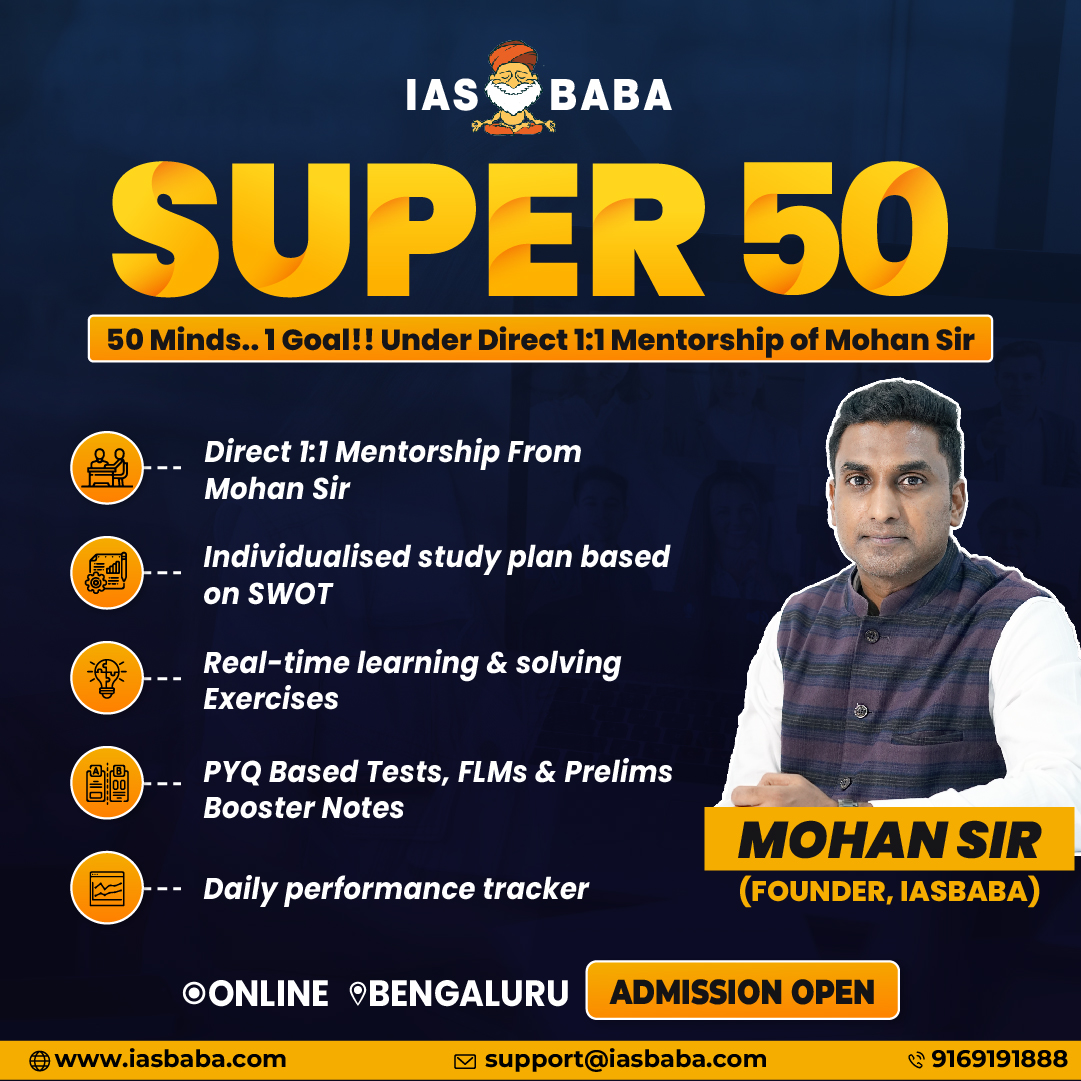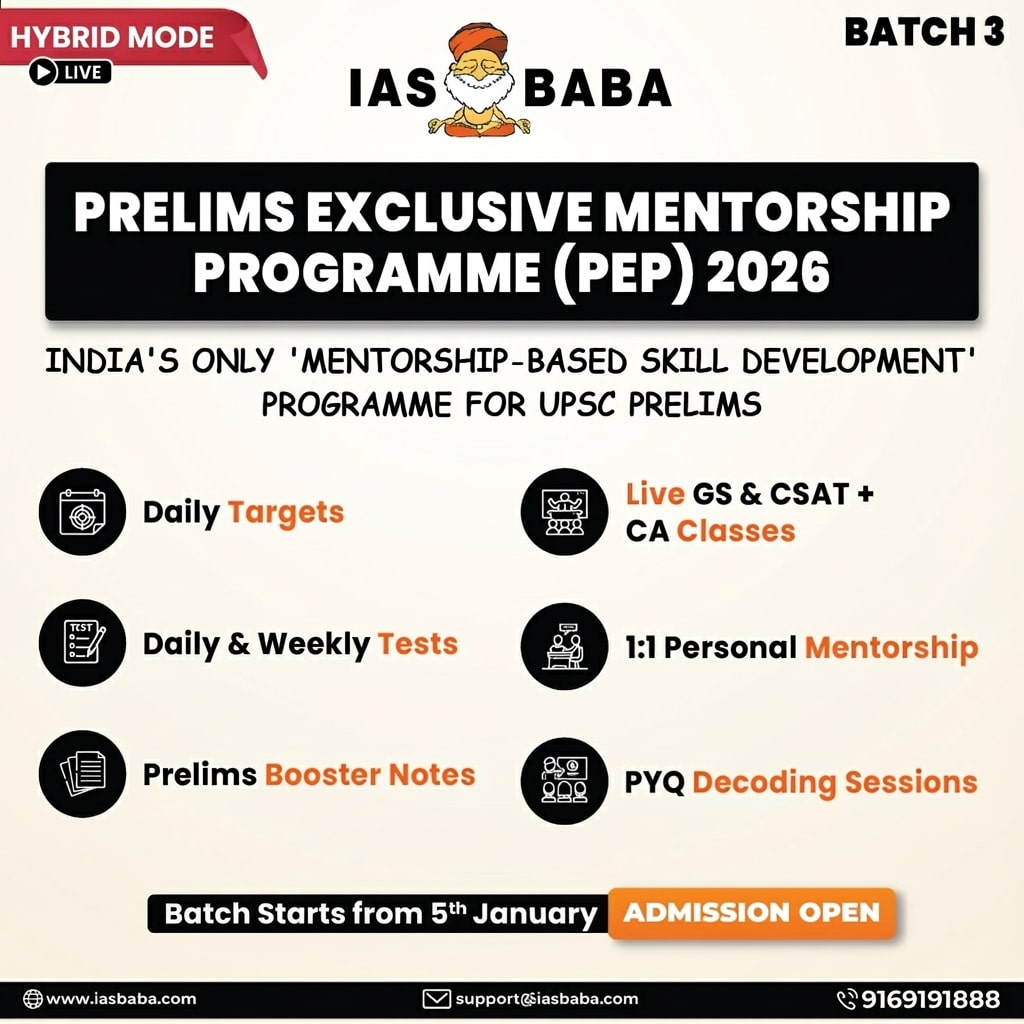Indian Economy, TLP-UPSC Mains Answer Writing
Q. 5. The Union Budget has highlighted asset monetization as a key strategy to raise funds for infrastructure. What are the benefits and challenges of this approach? Suggest measures to improve its effectiveness. (250 words, 15 marks)
Introduction
Asset monetization refers to unlocking the value of public sector assets by leasing or transferring rights to private players for a fixed period. The Union Budget 2024–25 reiterated its importance to mobilize resources for infrastructure development.
Body
Process of Asset Monetisation
- AM involves the license/lease of a government-owned asset to a private sector entity for a specific period.
- The transfer of rights in exchange for payments is governed by a concession agreement that facilitates balanced risk-sharing between the public authority and the private party.
Benefits of Asset Monetization
- Revenue Generation: Unlocks capital tied in under-utilized public assets. Example: NHAI monetized over 1,700 km of highways via TOT and InvIT, raising ₹26,366 crore. (Budget 2024–25)
- Efficient Asset Utilization: Private sector improves operational and financial efficiency. Example: Airports leased to private entities witnessed enhanced passenger services.
- Funding Infrastructure Without Debt: Generates non-debt capital receipts. Example: ₹1.8 lakh crore target under National Monetisation Pipeline (NMP) over FY22– 25.
- Job Creation & Economic Boost: Enhances logistics and industrial activity. Example: Monetization of DFC corridors can promote warehousing and logistics hubs.
- Public Asset Management: Ensures transparent valuation, use, and maintenance. Example: Use of InvITs for transparency in power transmission monetization. (Budget 2024–25)
Key Challenges to Asset Monetization in India
- Valuation Difficulties: Inaccurate valuation discourages private interest. (CAG Report, 2021)
- Regulatory and Policy Uncertainty: Inconsistent policies reduce investor confidence.
- Public Opposition and Perception Issues: Seen as backdoor privatization. (Economic Survey 2021–22)
- Execution Bottlenecks: Delays due to land, clearance, and coordination issues. Example: Railways and Telecom departments have struggled to meet monetization targets due to operational hurdles.
Recent Government Steps to Promote Monetization
- National Monetization Pipeline (2021): ₹6 lakh crore target across sectors by FY26.
- Expansion of InvITs/REITs: Used for highways, grids, and public housing; Budget 2024–25 proposes widening their use.
- Monetisation Dashboard: Established in Budget 2021–22 to monitor and coordinate NMP implementation.
Measures to Improve Effectiveness
- Transparent Valuation and Bidding: Use independent agencies and digital auctions. Example: NITI Aayog recommends uniform valuation norms for core assets.
- Improved Risk-Sharing Models: Draft clear concession agreements to balance risks. Example: Kelkar Committee on PPPs emphasized fair contractual frameworks.
- Stakeholder Engagement: Sensitize public to distinguish monetization from privatization. Example: Awareness drives included in NMP communication strategy.
- Capacity Building in Departments: Train ministries for asset mapping and pipeline creation. (Suggested in Economic Survey 2021–22).
- Private Sector Participation: Encourage PPP models with long-term incentives. The 15th Finance Commission recommended crowding-in private capital.
Conclusion
Asset monetization helps the government raise funds without increasing borrowing. It frees up resources for new projects and supports India’s goal of becoming a $5 trillion economy while also contributing to SDG 9 and SDG 11.














